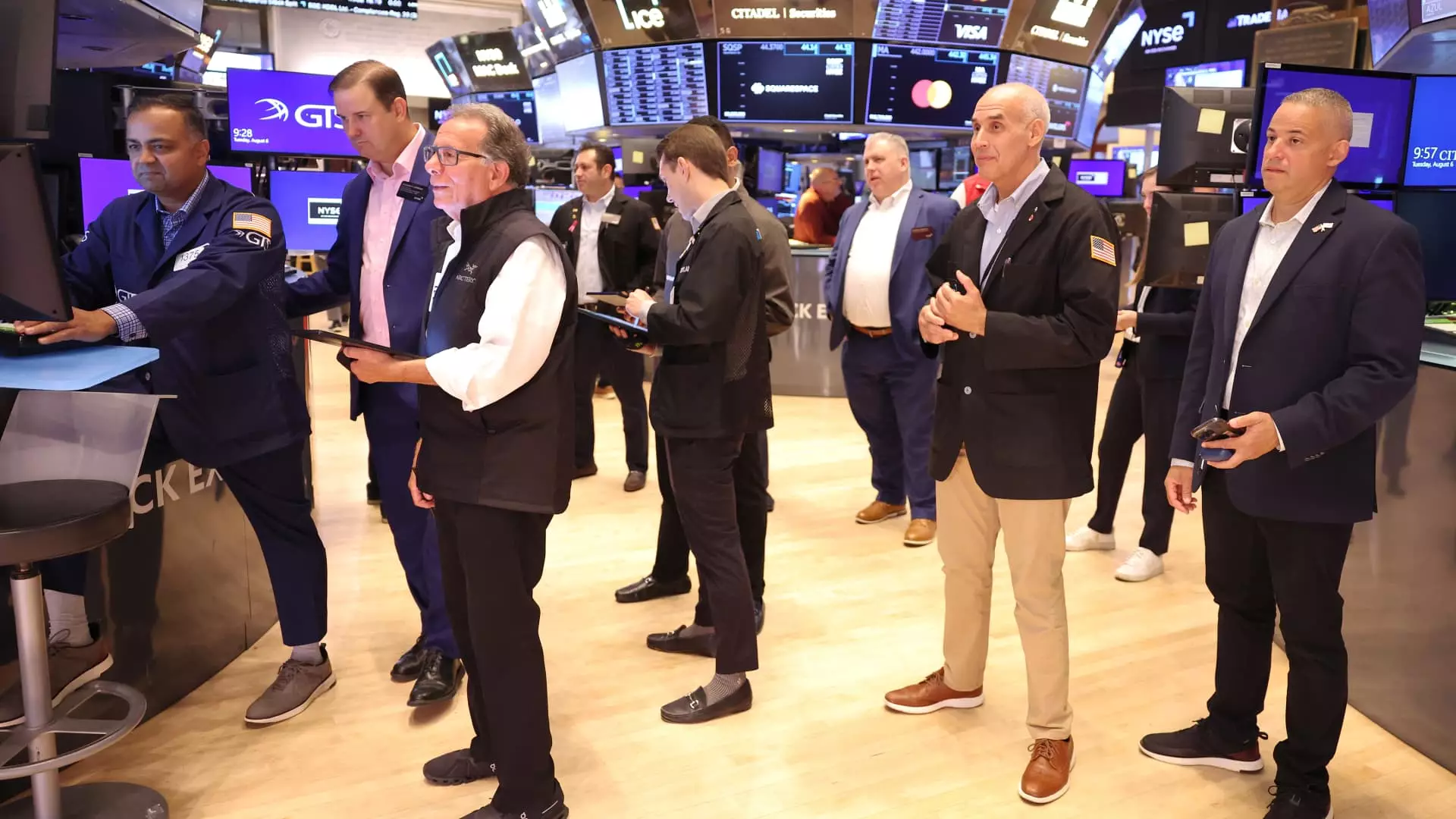Throughout the past week, Wall Street experienced extreme fluctuations in trading activity, leaving investors feeling whipsawed and uncertain. The S & P 500 index fluctuated between its worst day since 2022 to its best day since 2022, reflecting the rollercoaster nature of the market. Despite the initial chaos, the market seemed to have stabilized by the end of the week, with the S & P 500 ending with a minimal decline on Friday. This stabilization indicates that the recent volatility may have produced correction weakness but does not exhibit the characteristics of a bear market, as noted by Tim Hayes, chief global investment strategist at Ned Davis Research.
Although the overall market experienced turbulence, there were signs of resilience and strength in specific sectors. For instance, more than two-thirds of stocks in the S & P 500 were still trading above their 200-day moving average, a positive sign for chart watchers. Additionally, in the bond market, interest rate volatility did not significantly impact high-quality corporate debt, as indicated by the stability in investment-grade spreads. This resilience suggests that investors may remain cautious amidst market volatility, as highlighted by Gennadiy Goldberg, head of U.S. rates strategy at TD Securities.
The global market also witnessed significant reactions to the uncertainty on Wall Street, with Japan experiencing considerable moves in both its local stock market and currency exchange rates. Despite facing a crash reminiscent of 1987, the Nikkei 225 Index managed to end the week with a relatively modest decline. This resilience indicates that fundamental outlooks for companies may remain intact even amidst market fluctuations. The global economic outlook and AI-linked tech stocks are sources of concern, as highlighted by Peter Berezin, chief global strategist at BCA Research.
Looking ahead, market analysts and strategists warn of potential future challenges in the market. Issues such as the unwind of carry trades with the yen and the looming U.S. election could further contribute to market uncertainties. The recent trading patterns, including weak closes in the final hours of trading, have raised concerns among investors. Analysts predict further short-term strength in the market before potential renewed losses, creating a sense of impending volatility in the near future.
The wild week of trading on Wall Street serves as a reminder of the unpredictable nature of the market. Investors must remain vigilant, analyze market indicators, and be prepared for potential fluctuations in the coming weeks. Despite the short-term volatility, staying informed and adapting to changing market conditions can help investors navigate through uncertain times and make well-informed investment decisions.


Leave a Reply